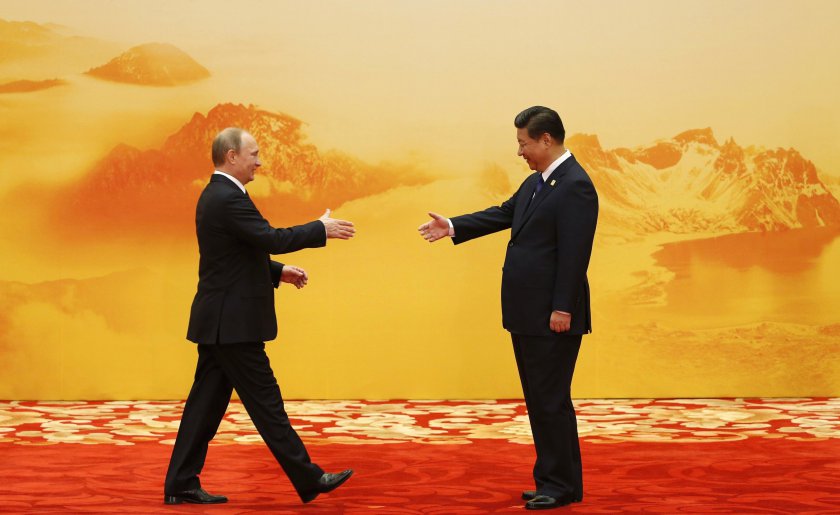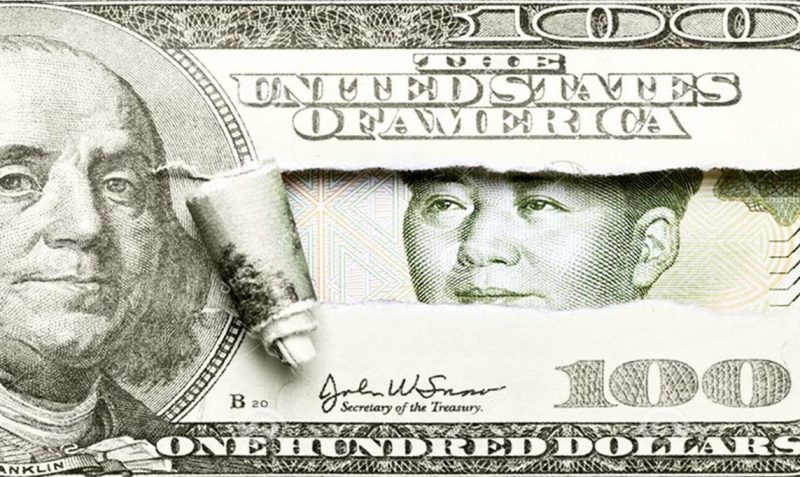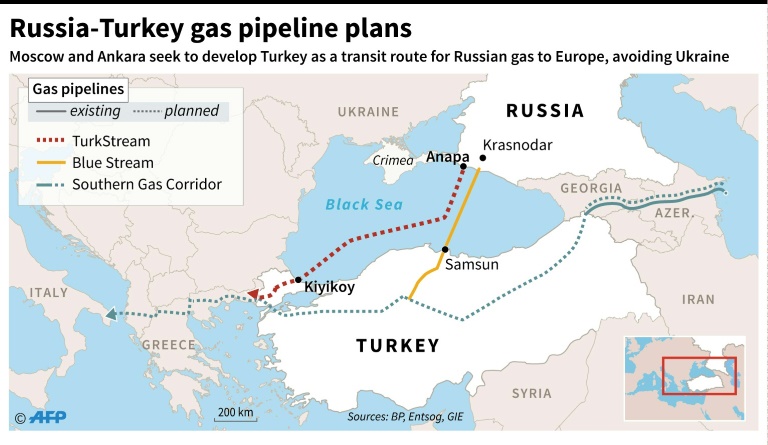
Russia, Iran, China, and now Turkey are in the same boat, as all have become the target of US sanctions. But none of those nations has bowed under the pressure. Russia had foreseen the developments in advance and took timely measures to protect itself.
The Turkish national currency, the lira, is plummeting now that Washington has introduced sanctions as well as tariffs on steel and aluminum, in an attempt to compel Ankara to turn over a detained American pastor.
Turkish President Erdogan said it was time for Turkey to seek “new friends,” and Turkey is planning to issue yuan-denominated bonds to diversify its foreign borrowing instruments.
On Aug. 11, President Erdogan said Turkey was ready to begin using local currencies in its trade with Russia, China, Iran, Ukraine, and the EU nations of the eurozone.
The recent BRICS summit reaffirmed Ankara’s commitment to the Contingent Reserve Arrangement (CRA) that is geared toward de-dollarizing its member states’ economies, and the agreement to quickly launch a Local Currency Bond Fund gives that policy teeth. Turkey has also expressed its desire to join BRICS.
Ankara is gradually moving toward membership in the Shanghai Cooperation Organization (SCO). It has been accepted as a dialog partner of that organization.
Last year Turkey became a dialog partner with ASEAN. On Aug. 1, the first ASEAN-Turkey Trilateral Ministerial Meeting was held in Singapore, bringing together Turkish Foreign Minister Mevlüt Çavuşoğlu,
ASEAN Secretary General Dato Lim Jock Hoi, and Singaporean Foreign Minister Vivian Balakrishnan, who is serving as the 2018 ASEAN term chairman. The event took place under the auspices of the 51st ASEAN Foreign Ministers’ Meeting that attracted foreign ministers and top diplomats from 30 countries.

Ankara is mulling over a free-trade area (FTA) agreement with the Eurasian Union. This cooperation between Ankara and the EAEU has a promising future.
Meanwhile, the Industrial and Commercial Bank of China (ICBC) has provided a $3.6-billion loan package for the Turkish energy and transportation sector. Turkey and China have recently announced an expansion of their military ties. As one can see, Turkey is inexorably pivoting from the West to the East.
Russia has a special role to play in this process. The US Congress has prohibited the sale of F-35 fighter jets to Turkey because of the risk associated with Ankara’s purchase of the S-400 air-defense system. In response, Turkey is contemplating a purchase of Russian warplanes.
Ankara prefers Russian weapons over the ones offered by NATO states. As President Erdogan put it, “Before it is too late, Washington must give up the misguided notion that our relationship can be asymmetrical and come to terms with the fact that Turkey has alternatives.”
On Aug. 10, Russian President Vladimir Putin and Turkish President Recep Erdogan discussed the prospects for boosting economic cooperation.
Both nations are parties to the ambitious Turkish Stream natural-gas pipeline project. Ideas for ways to join forces in response to the US offensive were also on the agenda during the visit of Russian Foreign Minister Sergey Lavrov to Turkey, Aug. 13-14, although Syria was in the spotlight of the talks.

One mustn’t forget that Russia was the first country to be visited by the Turkish president after the failed 2016 coup.
As a result of some tough times resulting from US sanctions, Iran is redoubling its efforts at building foreign relationships. Under US pressure, European companies are leaving Iran, with China gradually filling the void.
Now that US and European airspace companies are moving their business ventures out of Iran, this presents a good opportunity for Russian aircraft, such as the MS-21 or IL-96-400M.
The Russian automaker GAZ Group is ready to supply Iran with commercial vehicles and light trucks powered by 5th generation engines.
Tehran is an observer state in the SCO, and it is to become an essential hub for the Chinese Belt Road Initiative (BRI).
On June 25, a freight train arrived in the Iranian city of Bandar-e Anzali, a port on the Caspian Sea, having passed through the China-Kazakhstan-Iran transportation corridor and entering the Anzali Free Zone that connects China to both the Kazakh port of Aktau and to Iran, thus creating a new trade link to the outside world.
This gives a boost to the BRI. On Aug. 12, the five littoral states (the Caspian Five) signed the Caspian Sea Convention — the fruit of 22 years of difficult negotiations. This opens up new opportunities for Iran and other countries of the region as well as the BRI.
The idea to form a new economic forum was floated at the Caspian Five summit.
China and Russia back the idea of Iran’s full-fledged SCO membership. In May Tehran signed an interim FTA agreement with the EAEU. Greater EAEU-BRI integration under the stewardship of the SCO is also on the horizon.
According to the Daily Express, Iran could band together with Russia and China in an anti-US alliance. Iran may also get an observer status in the CSTO. Iran-Turkey trade has recently revived, and that bilateral relationship includes burgeoning military cooperation.
Nothing can be viewed in just black and white, and every coin has two sides. The US sanctions do negatively affect the economies and finances of the targeted countries, but in the long run, they will also push the nations hit by them to move closer to each other, thus encouraging the emergence of the multipolar world the US is trying so hard to resist.
ARKADY SAVITSKY | SCF
The article was originally published by Strategic Culture Foundation
The 21st Century
The views expressed in this article are solely those of the author and do not necessarily reflect the opinions of The 21st Century
